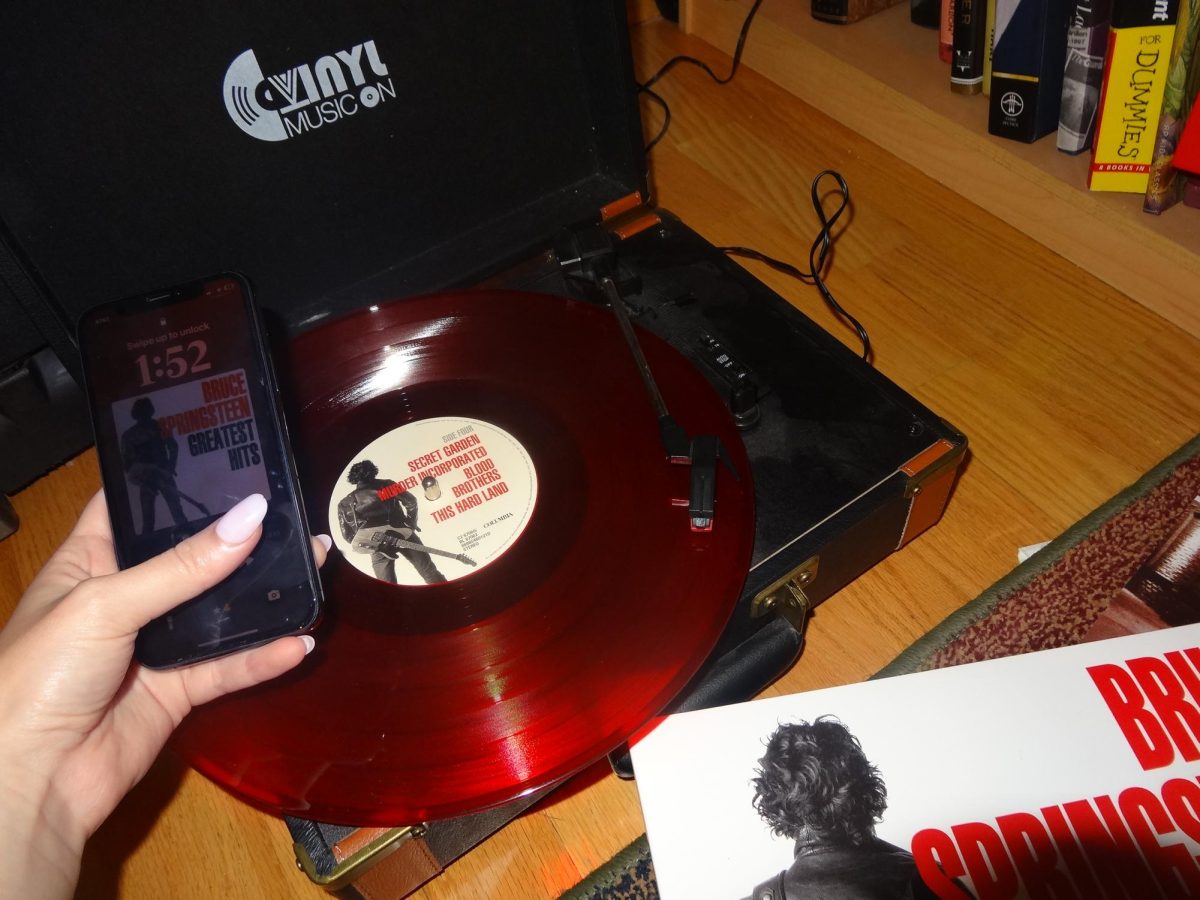Peanuts: History and legacy of Charlie Brown
November 3, 2022
From its humble beginnings as a quaint comic strip in creator Charles Schulz’s hometown newspaper to becoming a cultural icon in the U.S., “Peanuts” remains an important part of people’s lives. This is evident especially during the holiday specials including “It’s The Great Pumpkin, Charlie Brown” and “A Charlie Brown Christmas.”
“Lil Folks,” a blueprint by Schulz, later became the “Peanuts” comic strips. “Lil Folks” began its run in Schulz’s hometown newspaper, the St. Paul Pioneer Press, in 1947 and soon became recognized by national distributors. With this recognition came the first official “Peanuts” comics. Shulz never enjoyed the name “Peanuts,” as he believed it made no sense and had no integrity. However, distributors changed the original name from Lil Folks to Peanuts to seem more appealing to children.
Characters such as Charlie Brown, Lucy, Snoopy, Linus, Sally and Pigpen, all quickly became loveable icons due to the comic strip.
The idea of a character with resilience, such as Charlie Brown, resonates with audiences of all ages. The principle that people can be accepted in their circle no matter their flaws serves as a crucial message. Schulz used the comics as a way of expressing his own vulnerabilities and insecurities in a warm and heartfelt way. Through the characters of Snoopy, Charlie Brown and Linus, Schulz gets the opportunity to express parts of his personality.
Snoopy was the star that Schulz felt himself becoming as his fame came to light, Charlie was the timid kid he saw himself as, and Linus partially embodied his relationship with religion. Linus’ relentless belief in The Great Pumpkin in the comic strips and in 1966 special, “It’s The Great Pumpkin Charlie Brown,” led to other characters making fun of Linus. The character of Linus helped Schulz express his complicated relationship with religion throughout his life.
“As an artist you feel that a lot, you’re like ‘I’m not good enough.’ No matter how good you feel you have those moments of inadequacy when you’re like ‘yeah I’m just not that good,’” professional illustrator Oscar Alonso said. “I think a lot of that was pretty much how [Schulz] was working through some of those issues.”
“A Charlie Brown Christmas,” saw the release of the Vince Guaraldi Trio’s soundtrack to accompany the television-released movie. The soundtrack surpassed its appearance in the special as the scene in which the Peanuts gang dances to “Linus and Lucy,” became the main theme song for Charlie Brown.
In the midst of turmoil in the United States relating to segregation in 1968, Schulz created Franklin Armstrong, the first African American character who was added to the Peanuts comics strips. Armstrong was created when Los Angeles high school teacher Harriet Glickman reached out, asking Schulz to create a character with racial representation.
The impact from seemingly small pieces of art such as a comic strips has the ability to surpass the imagination of the author and represent a much bigger movement around the intended topic.
“What I thought was interesting about it was that [Schulz] dealt with issues, he did it through the lens of kids and he did it in his own style in how he wrote things, but he dealt with issues, which I think was different from some of the other comics,” Alonso said.
Although it appears as a light-hearted comic strip and is explained to be “about nothing,” by Schulz, the Peanuts comics and subsequent properties in film and television remain an important part of American symbols.
“I connected with Charlie Brown because some of the recurring strips were, he’d get his kite stuck in the tree — the tree that was always catching his kites — and he would just get another kite and the tree would get the kite again. So I’m very pessimistic myself… so I still relate to Charlie Brown and as I’ve gotten older, and as I’ve learned more about Charles Shulz and all these things, I’ve incorporated some of that thought process or some of that feeling into my professional life,” Alonso said.
As for appearances in traditions, Macy’s Thanksgiving Day Parade has featured a float of Snoopy over 40 times since the beginning of the annual event in 1968.
The legacy of Charlie Brown lives on through the merchandising and feature film, “The Peanuts Movie,” which hit theaters in 2015.
“A person should always choose a costume which is in direct contrast to her own personality,” Lucy states in “It’s The Great Pumpkin, Charlie Brown,” which demonstrates an example of profound sparks found in all things Charlie Brown.
“The loveable loser” known as Charlie Brown, is an icon for everyone who is touched by Schulz’s stories. The Peanuts’ stories revolve around small victories with small-scale storylines which anyone may relate to at some point in their lives.









